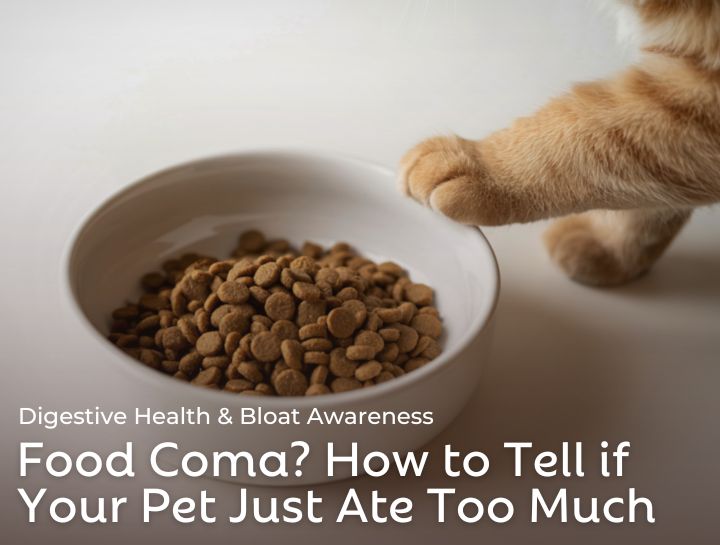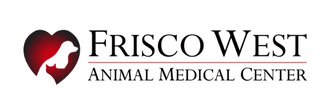Food Coma? How to Tell if Your Pet Just Ate Too Much

We’ve all been there: Thanksgiving dinner, pants unbuttoned, sprawled on the couch, wondering if that third helping of mashed potatoes was a mistake. But what happens when your furry friend does the same thing, minus the pants?
Welcome to the world of pet food comas, where your pet looks like it just finished a buffet at Golden Corral and now resembles a furry loaf of bread. But is it just overindulgence… or something more serious?
Let’s dig into the belly of the beast, literally.
Signs Your Pet Might Just Be Full (and Feeling Fabulous)
If your pet has eaten a bit too much, you might notice:
-
Lethargy: They flop down like a sack of potatoes and refuse to chase squirrels.
-
Heavy breathing or panting: Especially after scarfing down food like it’s their last meal.
-
A distended belly: Think “Thanksgiving belly” but furrier.
-
Refusing more food: A rare moment of self-control.
These symptoms usually pass with time, a nap, and maybe a little regret. But sometimes, what looks like a food coma could be a sign of bloat, a serious and potentially life-threatening condition.
Bloat: The Not-So-Funny Side of Overeating
Gastric Dilatation-Volvulus (GDV), commonly known as bloat, is when a pet’s stomach fills with gas, food, or fluid and twists on itself. It’s most common in large, deep-chested dogs (think Great Danes, German Shepherds, and your cousin’s dog that looks like a horse), but can happen to any breed.
Symptoms of Bloat Include:
-
Dry heaving or retching (no actual vomit, just dramatic attempts)
-
Swollen abdomen (like they swallowed a beach ball)
-
Restlessness or pacing
-
Panting, drooling, or collapse
-
Pale gums and rapid heart rate
If you see these signs, don’t wait, this is a medical emergency. Bloat can kill within hours if untreated.
When in doubt, call your vet. It’s better to be an overprotective pet parent than the one who waited too long.
How to Prevent a Food Coma (or Worse)
-
Portion control: Your dog doesn’t need a mountain of kibble.
-
Slow feeders: Great for pets who inhale their food like a vacuum.
-
Avoid exercise right after meals: No zoomies post-dinner.
-
Skip elevated bowls: They may increase the risk of bloat in some dogs.
-
Know your breed’s risk: Large, deep-chested dogs are more prone to bloat.
Final Thoughts: Belly Laughs and Belly Rubs
While a food coma might be funny (and relatable), it’s important to know when it’s just a nap and when it’s an emergency. Keep an eye on your pet’s behavior, know the signs of bloat, and always have your vet’s number handy.
And remember: just because your pet can eat an entire rotisserie chicken in 30 seconds doesn’t mean they should.
Do you need advice on how to recognize any of these signs? Call us at (972) 335-2600 to make an appointment at Frisco West Animal Medical Center today!
